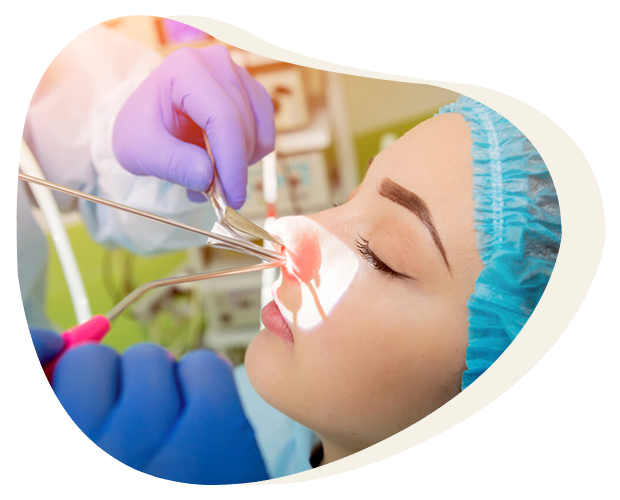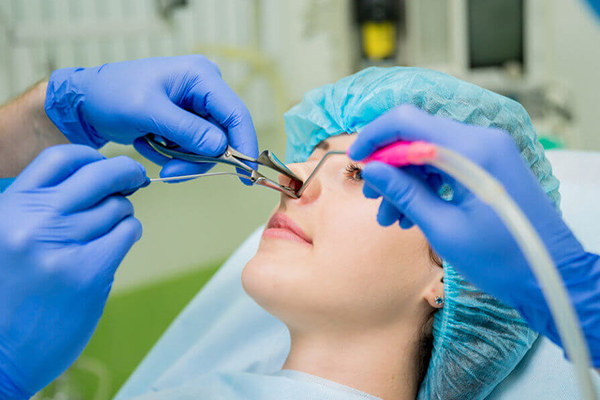Endoscopic Sinus Surgery
What is Endoscopic Sinus Surgery?
Endoscopic Sinus Surgery is a surgical method that can be successfully applied in chronic inflammatory conditions of the nasal cavities called sinuses, flesh growths, cerebral fluid leaks due to trauma or causeless, and can be performed under local or general anesthesia. Due to the complex structure of the sinuses and their close proximity to vital organs such as the eye and brain, it is an operation that must be performed with care and experience.

Suitable Candidates for Endoscopic Sinus Surgery
Endoscopic sinus surgery is a surgical procedure performed through the nose to treat sinus cavities. Suitable candidates for this type of surgery are usually individuals who are struggling with conditions such as chronic sinusitis, nasal polyps, sinus congestion, sinus cysts or disorders of the sinus anatomy. The surgery provides access to the sinus cavities using an endoscope and is performed through the nostrils, so it is less invasive than traditional surgery. Candidates are usually people who have experienced recurrent episodes of sinusitis or whose symptoms have not improved after trying medication for a period of time. Identifying suitable candidates and evaluating surgical options should be carried out after a thorough evaluation by an otolaryngologist.
Contact Us!
Recovery Process in Endoscopic Sinus Surgery
The recovery process after endoscopic sinus surgery can often vary depending on the individual’s general state of health, the complexity of the surgical intervention and the condition being treated. After the operation, mild pain, swelling and runny nose may be observed in the first few days. During the recovery period, patients should use the medications recommended by the doctor regularly, avoid certain activities and take care to rest. Full recovery may take several weeks to several months. During this time, patients should go for regular follow-up visits and follow the doctor’s instructions. Endoscopic sinus surgery usually results in a marked improvement in the patient’s breathing and overall quality of life, but personal recovery experiences may vary from individual to individual.

